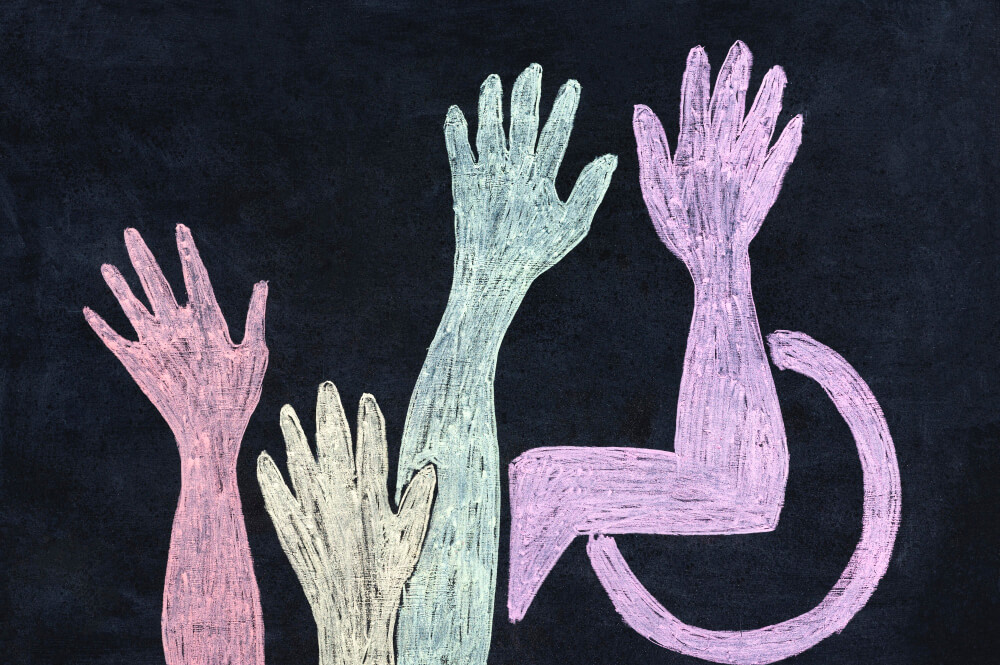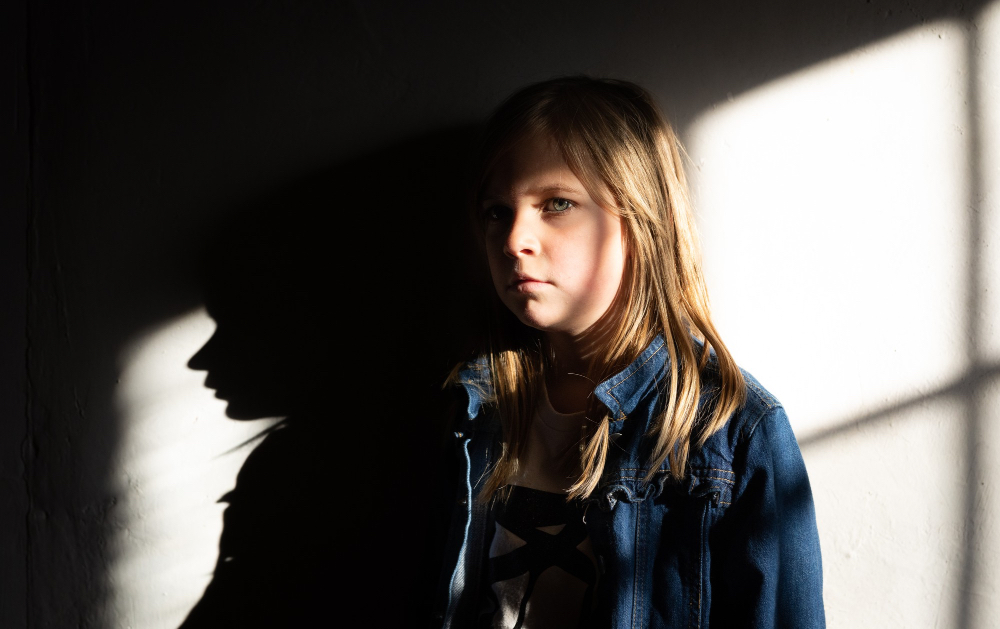Collective punishment is neither effective nor ethical. It disciplines the group for the actions of one, eroding trust and reinforcing the very dynamics of power and fear that trauma-informed practice seeks to heal. In its place, we need something older and deeper—an approach to discipline rooted in relationship, regulation, and repair.
-
What evidence is there that collective punishment is harmful?
Here is a brief selection from the overwhelming body of research confirming what many of us know intuitively: collective punishment is a harmful, outdated practice with no place in schools—or in any environment that claims to honour human dignity. Its use is so…
Indigenous teachings and relational accountability
Many Indigenous cultures have long understood that harm cannot be addressed through exclusion or humiliation. In these traditions, wrongdoing is not framed as a violation of rules but a rupture in relationship. Justice, therefore, is not retribution—it is restoration. It is the work of bringing someone back into community, not casting them out. When children are taught that they belong even when they falter, they learn how to restore, not how to mask.
The Truth and Reconciliation Commission of Canada calls for educational practices that honour these traditions. It explicitly recommends eliminating exclusionary discipline and adopting models that reflect Indigenous worldviews of accountability and care.
Invitation to collaborate
We recognise that this site does not currently have an Indigenous content writer or knowledge holder contributing to this section. We reference Indigenous teachings with respect and in the spirit of relational accountability, and we acknowledge that our understanding is limited. If you are an Indigenous educator, scholar, or caregiver and would like to collaborate, contribute, or advise on this work, we welcome your guidance. For more information, see Help please: call for Indigenous perspectives on collective punishment in BC schools.
-
What did the Truth and Reconciliation Commission say about punishment?
The Truth and Reconciliation Commission (TRC) was unequivocal. In its final report, it described corporal punishment as “a relic of a discredited past that has no place in Canadian schools or homes.” The Commission tied the practice to the historical violence of residential…
What neuroscience teaches us
Trauma-informed neuroscience—including: Polyvagal theory, Neurosequential model of therapeutics (NMT) and contemporary education research and contemporary educational research—converges on a shared insight: children cannot learn, reason, or reflect when they are dysregulated. A child in fight, flight, freeze, or fawn is not misbehaving—they are surviving.
As A Twenty-first Century Approach to Supporting All Students explains,
“When teachers (and parents) understand brain development and functioning – including state-dependent functioning, the impact of stress, toxic stress and trauma, and brain/body regulation, they can support students’ healthy brain and body development.”
A Twenty-first Century Approach to Supporting All Students
The implication is clear: accountability is not a product of consequence but of co-regulation. If we want accountability, we must first ensure safety. And safety is not created through consequence—it is co-regulated. This means adults must attune to children’s nervous systems, not punish them for what those systems cannot yet manage.
Neurodiversity and the rejection of behaviourism
Dr. Nick Walker and other neurodiversity scholars have shown how behavioural approaches—charts, token economies, punitive timeouts—undermine the autonomy and dignity of disabled children.
These tools may produce short-term compliance, but they do so at the cost of long-term wellbeing. They teach children to perform neurotypicality under duress, not to feel safe as they are. The goal becomes appeasement, not authenticity. The child learns to mask, to suppress, to conform in order to avoid punishment or win approval—skills that may be rewarded in the moment but are corrosive over time. This behavioural training does not cultivate resilience; it conditions submission. When masking is no longer sustainable—when the cost becomes too great—the apparent progress unravels. The child is blamed for regression, when in truth, they were never supported to grow from safety. They were trained to cope from fear.
“I was trapped in my body, unable to move or speak, because I was so stressed. I think my teacher liked it, because at least I finally shut up. Time took forever because I couldn’t process what was happening in class. It was like dying, but being still slightly conscious.”
Just a kid
A neurodiversity-affirming classroom:
- invites regulation rather than coercing it
- treats the child not as a broken system to be rewired, but as a full person navigating an often hostile world
- offers choices rather than commands
- centres emotional safety over behavioural optics
- listens before diagnosing, seeks context before pathologising, and identifies missing support before blaming the child
- interprets meltdowns as communication—signals that the sensory, relational, or cognitive load has exceeded capacity
- understands that growth depends on environmental redesign and trusting relationships as scaffolding
It is the courageous act of creating a space where disabled children can be as they are—not tolerated, not managed, but truly and deeply welcomed.
What alternatives look like
What alternatives look like
- Restorative circles that invite every voice and centre repair over blame
- Co-regulation spaces where children are accompanied in overwhelm, not isolated
- Collaborative problem-solving that includes rather than assumes the child’s perspective
- Predictable environments with low sensory load, consistent routines, and trusted adults
- Relational discipline grounded in connection, not control
We do not need more systems of control dressed up as care. We need a cultural shift—a return to the truth that every child is worthy of belonging, even in their most dysregulated moments.









